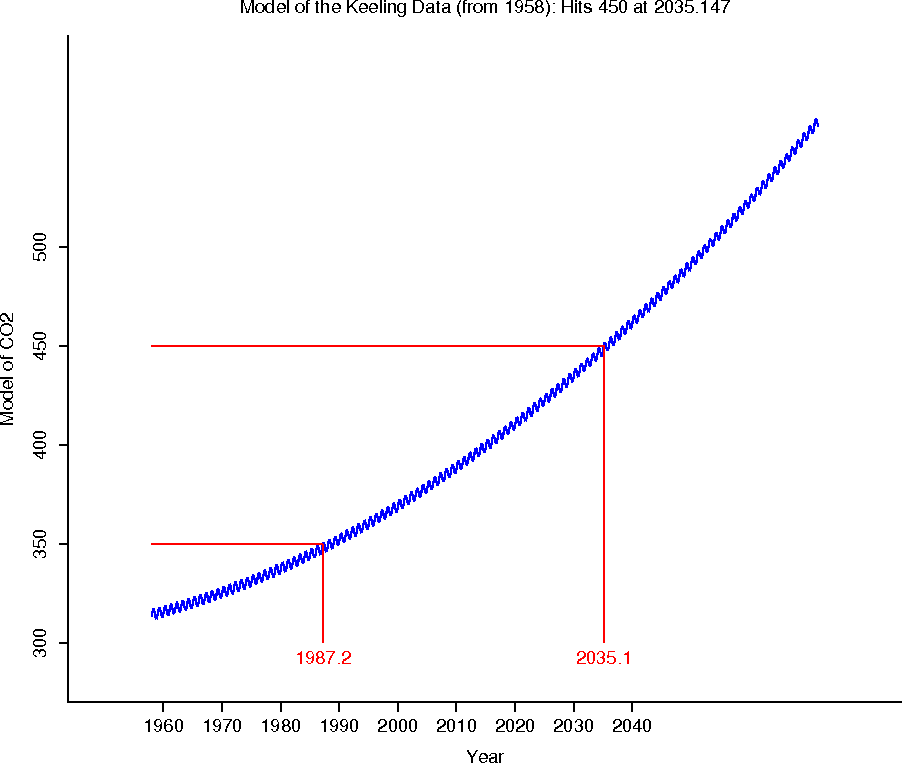- There's a breakfast sponsored by the math/stat club, Thursday morning, 8:30-10, MEP 4th floor West Atrium.
- Reminder: turn off your rectangles.
- You have a quiz Friday over the material of sections 1.1-1.3. Again these will tend to be conceptual in nature.
- Your diagnostic test results are in.
You have
- your form (and, at the top, the "number correct" out of 25),
- the correct answers (BBCABDAEBEDECEDACCCEAEDED),
- and the test is available here, (you might want to check that, since a few of you had "funky forms").
Now what do we do with the result of this diagnostic test? Compute your percentage, then reference these data (which come from the University of Kentucky: Elementary Calculus at UK: 2423 Students over Four Semesters (2002-2004)).

You might look back over the test, and see if you can identify a trend in the problems you missed. Are there things that you need to work on in order to do well in calculus?
A couple of issues:
- Time may have been a factor for some.
- Some of you are just rusty, and can knock the rust off quickly.
- Some of you might have just been nervous.
If you didn't perform well, you might want to take the Diagnostic tests in your text (p. xxiv) to see if you can get a better handle on where you're weak.
You might also make plans to spend plenty of time in the Calculus lab (MEP 457).
- You have a reading assignment for next time: please read section 1.3 (I assume that you've already read 1.1-1.2). Again, this is considered review by the department.
We start, however, with the definition of a function (p. 10):
- Linear functions are the most important functions we use, members
of the polynomial family:
- Find an equation of the line that passes through the points (1,3) and (3,-1). Draw the points and the line.
- Write the equation in a different yet meaningful form.
- How might we use a straight line graph to model the costs of manufacturing some widgets?
- Where might the model break down?
- Let's take a look at how this model can be used in a practical problem: the Keeling data, Example 2, p. 25.
- Polynomial functions (p. 27):
- Quadratics: throw something, and you'll see a parabola. Graph a ball bouncing, and you'll notice something else interesting: cusps!
- Cubics are often used for splines. They are "pasted together" for design purposes (e.g. fonts for computers).
- Polynomials are the bunny rabbits of the zoo: smooth, defined everywhere, etc.
- Rational functions:
- Ratios of polynomials.
- Polynomials are rational functions (divided by the simplest polynomials, which are constant functions -- e.g. f(x)=1).
- A really important example is
-- whose graph is an hyperbola.
Our text also calls this a "reciprocal function" (p. 30).
- Power functions:
-
- If a is a positive integer, then these are polynomials, of course.
- These include square and cube roots (and our text calls these "root functions" -- p. 29).
-
- Here is a summary so far, plus some other unusual functions which
we should note:

Let's observe a few things:
- symmetry: even and odd functions are represented here
- Even: symmetric about the y-axis:
- Odd: symmetric about the origin by rotation of 180 degrees:
- Even: symmetric about the y-axis:
- Functions with restricted domains.
- Functions with corners.
- Functions with breaks (discontinuities), either infinite or finite. For those of you with a computer science background, the Greatest integer function is sometimes called the "floor" function.
- symmetry: even and odd functions are represented here
- Trigonometric functions
- capture oscillatory behavior
- Are periodic (repeat in space or time).
- You should know important properties of sine and cosine (p. 31), and be able to draw them at the drop of a hat! By the way, sine is an odd function; cosine is even.
- We see the need for a trigonometric function in the example below.

Here's one of my current models of the trend, using a quadratic:

and here is one using a quadratic for the trend, but including the oscillations modelled by a sine function:
